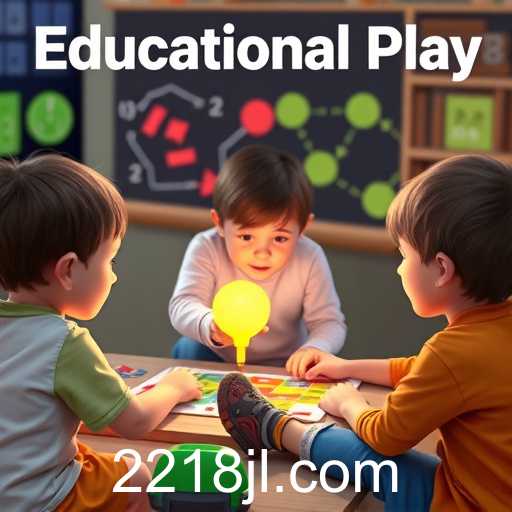Exploring the transformative role of educational games in modern learning environments.
In the rapidly evolving world of education, the integration of technology is increasingly becoming a vital component of modern teaching methods. Among the various tools available, educational games have emerged as a powerful medium, engaging students and enhancing traditional learning experiences. This phenomenon, often categorized under the keyword '18jl', signifies the growing recognition of educational games as a mainstream educational resource.
Educational games bridge the gap between entertainment and learning, offering students an interactive platform where they can actively participate in their learning process. These games are meticulously designed to align with educational standards, ensuring that while they capture the students' interest, they also promote comprehension, retention, and application of knowledge across a wide range of subjects.
One of the standout features of educational games is their ability to cater to different learning styles. Visual learners benefit from engaging graphics and animations, while auditory learners enjoy the narrative and sound effects. Furthermore, kinesthetic learners, who thrive on hands-on activities, find educational games an ideal medium for exploration and discovery.
The use of educational games extends beyond primary education. Many higher education institutions and vocational training centers are incorporating gamified elements to enhance problem-solving capabilities and critical thinking skills. Games that simulate real-world scenarios allow students to apply theoretical knowledge in a practical context, thus preparing them for real-life challenges.
Moreover, educational games have proven beneficial for students with learning disabilities, offering personalized learning pathways and adaptable difficulty levels. These games provide immediate feedback, allowing students to learn from their mistakes and build confidence with continuous improvement.
The category of educational games under '18jl' also addresses the teachers' need for data-driven insights. Many of these games are equipped with analytics tools that help educators track students' progress, identify areas of improvement, and tailor educational strategies to meet individual needs.
Despite the clear benefits, the implementation of educational games faces challenges. One significant concern is ensuring equal access to technology for all students, bridging the digital divide between different socio-economic groups. Additionally, there's a need for ongoing research to assess the long-term effects of educational games on student learning outcomes.
In conclusion, the role of educational games in contemporary education cannot be understated. By merging technology with pedagogy, they offer a dynamic learning environment conducive to student engagement and achievement. As educational institutions continue to embrace these tools under the '18jl' keyword, they are poised to redefine traditional educational practices and foster a new generation of learners equipped with the skills necessary for the 21st century.




